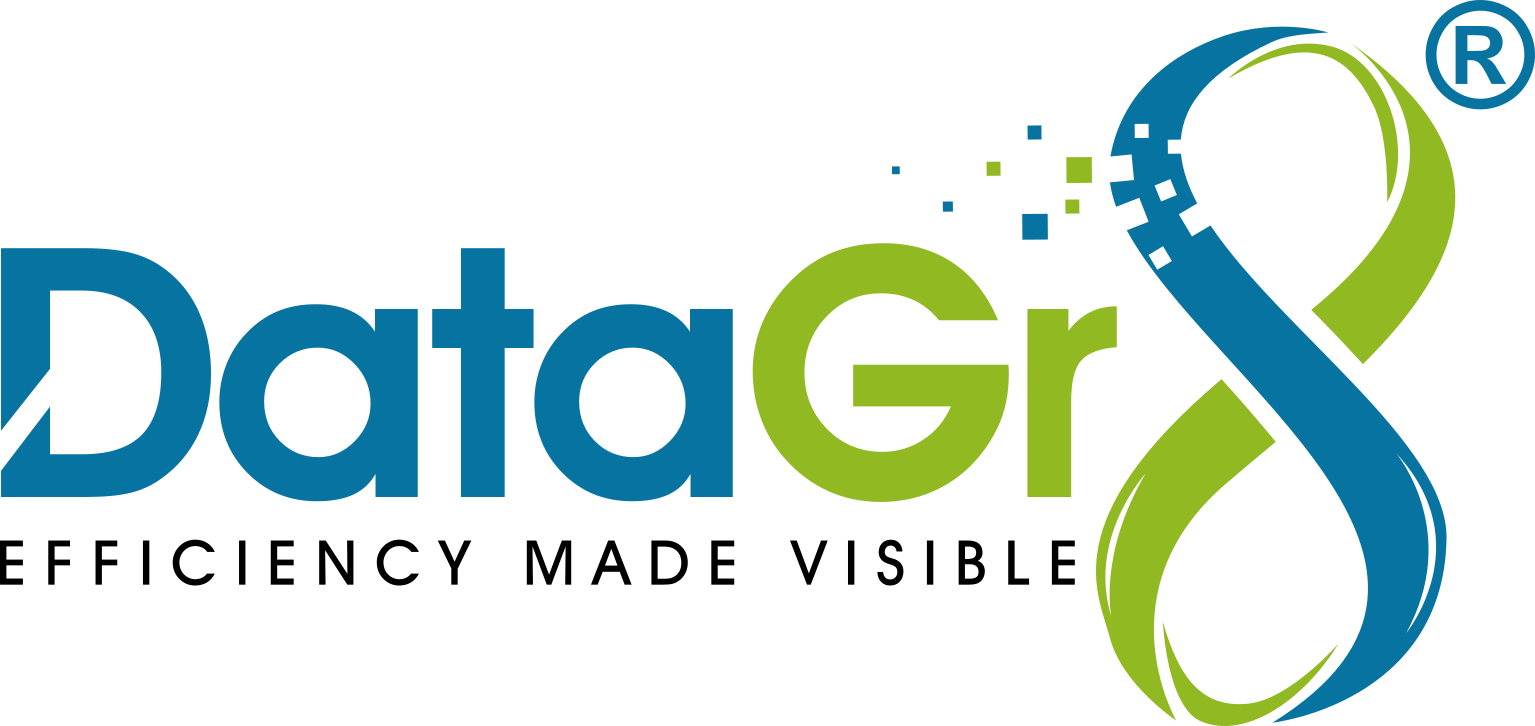
How to Protect Your Sensitive Data from Cyber Attacks
In the digital age, data is a valuable asset, and the protection of sensitive data is a critical concern for both individuals and organisations. Cyber attacks are becoming more sophisticated, targeting sensitive information to exploit, steal, or cause harm. This guide delves into the importance of safeguarding your sensitive data, outlining comprehensive strategies to shield it from potential cyber threats.
Understanding Sensitive Data
Sensitive data encompasses a wide array of information that is considered confidential and critical to an individual or organisation. This includes personal identification details, financial records, health information, and proprietary business data. Understanding what constitutes sensitive data in your specific context is the first step in devising effective protection strategies. Recognising the various forms of sensitive data helps in categorising and applying appropriate security measures to safeguard this information.
Risks and Consequences of Data Breaches
The repercussions of a data breach can be severe and far-reaching. For individuals, a breach could lead to identity theft, financial loss, or a breach of privacy. For organisations, the consequences extend to financial penalties, reputational damage, loss of customer trust, and potential legal implications. Historical data breaches have shown that the impact can persist long after the initial incident, affecting an organisation's bottom line and reputation for years.
Best Practices for Data Protection
Protecting sensitive data requires a multifaceted approach, incorporating various strategies to guard against a wide spectrum of cyber threats. Encryption is a cornerstone of data protection, transforming information into a coded format that is unintelligible without the correct decryption key. Employing robust encryption methods for data at rest and in transit provides a critical layer of security, ensuring that even if data is intercepted or accessed by unauthorised individuals, it remains protected.
Implementing Robust Access Controls
Access controls are vital in determining who can access sensitive data and what they can do with it. These controls should be stringent, ensuring that only authorised personnel have access to critical information. Implementing a least privilege policy, where individuals are granted only the access necessary to perform their job functions, can significantly reduce the risk of data exposure. Access controls should be regularly reviewed and updated to adapt to changes in personnel or organisational structure.
Regular Audits and Monitoring
Regular security audits are essential to identify and rectify potential vulnerabilities in your systems before they can be exploited. These audits should encompass all aspects of your IT infrastructure, from network security to access controls and data encryption. Alongside audits, continuous monitoring of systems and networks can detect unusual activities or potential breaches, allowing for immediate response to mitigate any damage.
Employee Training and Awareness
Human error remains one of the most significant vulnerabilities in data security. Educating employees about the importance of data protection, the tactics used by cybercriminals, and the best practices for maintaining data security is crucial. Regular training sessions can equip employees with the knowledge to recognise and avoid potential threats, while fostering a culture of security awareness throughout the organisation.
Developing a Response Plan for Data Breaches
Despite the best preventive measures, the possibility of a data breach cannot be entirely eliminated. Having a comprehensive incident response plan in place ensures that your organisation can respond swiftly and effectively to minimise the impact of a breach. This plan should outline clear procedures for containment, investigation, communication, and recovery, ensuring that every team member knows their role in the event of a cyber incident.
Staying Informed About Emerging Threats
The cyber threat landscape is continually evolving, with new vulnerabilities and attack methods emerging regularly. Staying informed about the latest cyber security trends and potential threats is crucial for adapting your data protection strategies to counter new risks. Leveraging threat intelligence services, attending security conferences, and participating in industry forums can provide valuable insights into emerging threats and best practices for data protection.
Conclusion
Protecting sensitive data from cyber attacks is an ongoing process that requires vigilance, comprehensive strategies, and a culture of security awareness. By understanding the types of sensitive data, implementing robust protection measures, and fostering an environment of continual learning and adaptation, individuals and organisations can significantly reduce their vulnerability to cyber threats. Proactive data protection not only safeguards against potential financial and reputational damage but also reinforces the trust that customers, employees, and partners place in your organisation. In the realm of cyber security, a proactive and informed approach is your best defence against the ever-evolving threat of cyber attacks.


